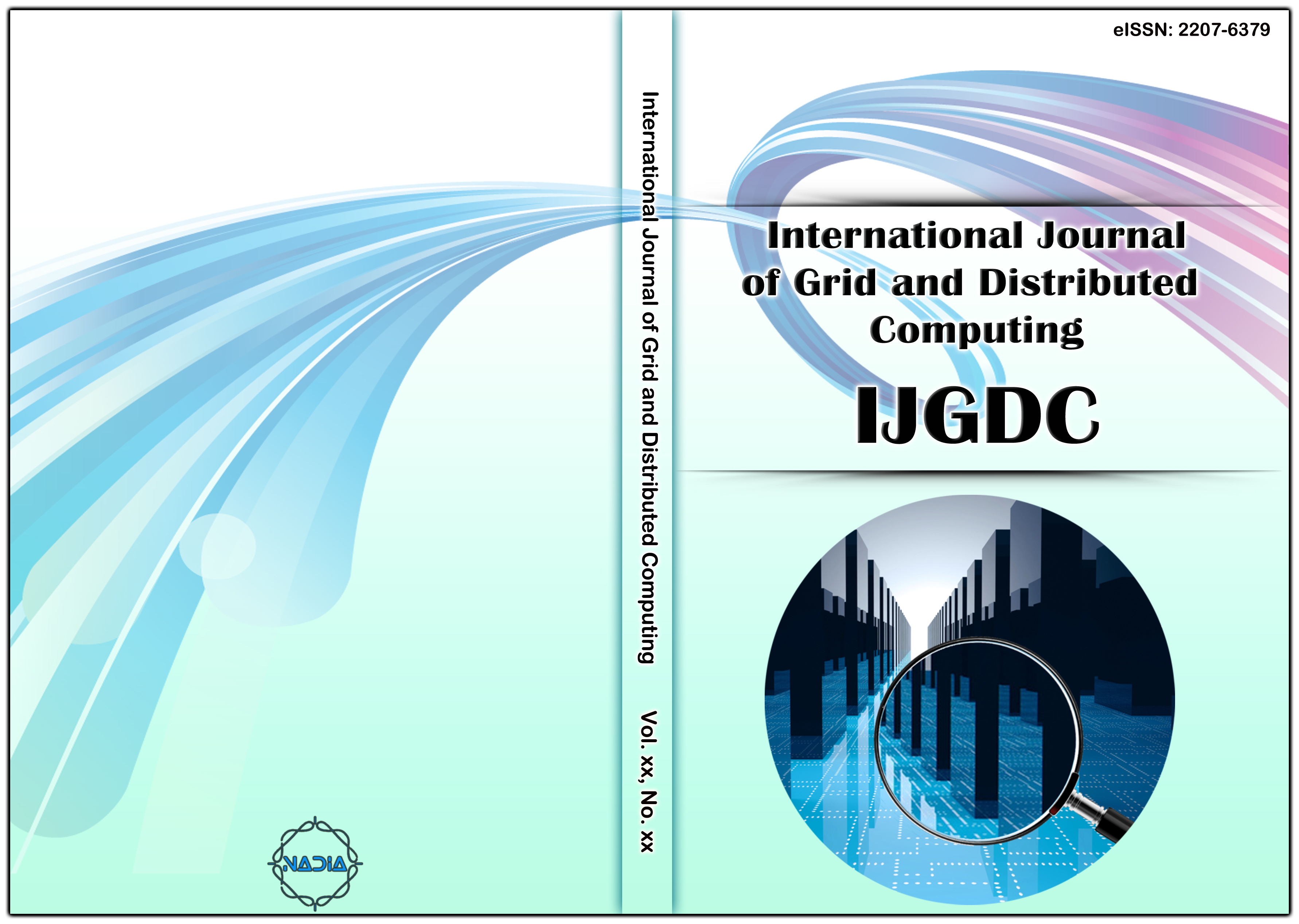[1] L. Prechelt, "An Empirical Comparison of Seven Programming Languages", Computing Pratices IEEE, pp. 23-29, October 2000.
[2] K. J. Millman and M. Aivazis, "Python for Scientists and Engineers," in Computing in Science & Engineering, vol. 13, no. 2, pp. 9-12, March-April 2011.
[3] T. E. Oliphant, "Python for Scientific Computing," in Computing in Science & Engineering, vol. 9, no. 3, pp. 10-20, May-June 2007.
[4] F. Milano: "A Python-based Software Tool for Power System Analysis", IEEE PES General Meeting 2013, Vancouver, Canada, July 2013.
[5] F. Pérez and B. E. Granger, "IPython: a System for Interactive Scientific Computing", Comput. Sci. Eng., Vol. 9, No. 3, pp. 21-29, May 2007.
[6] S. Van Der Walt, S. Colbert, G. Varoquaux, "The numpy array: A structure for efficient numerical computation", Computing in Science Engineering, vol. 13, no. 2, pp. 22-30, March 2011.
[7] C. A. Lo, Y. T. Lin and C. C. Wu, "Which Programming Language Should Students Learn First? A Comparison of Java and Python," 2015 International Conference on Learning and Teaching in Computing and Engineering, Taipei, 2015, pp. 225-226.
[8] T. L. Cottom, "Using SWIG to bind C++ to Python," in Computing in Science & Engineering, vol. 5, no. 2, pp. 88-97, Mar/Apr 2003.
[9] G. Lindstrom, "Programming with Python," in IT Professional, vol. 7, no. 5, pp. 10-16, Sept.-Oct. 2005.
[10] F. Perez, B. E. Granger and J. D. Hunter, "Python: An Ecosystem for Scientific Computing," in Computing in Science & Engineering, vol. 13, no. 2, pp. 13-21, March-April 2011.
[11] Pierce, Benjamin (2002). Types and Programming Languages. MIT Press. p. 339.
[12] Lawlis, Patricia K. (August 1997). "Guidelines for Choosing a Computer Language: Support for the Visionary Organization". Ada Information Clearinghouse. Retrieved 18 July 2006.
[13] Gosling, James; Joy, Bill; Steele, Guy; Bracha, Gilad; Buckley, Alex (2014). The Java® Language Specification.
[14] McConnell, Steve (30 November 2009). Code Complete, p. 100.
[15] "History and License". Retrieved 5 December 2016. "All Python releases are Open Source".
[16] Felleisen, Matthias. On the Expressive Power of Programming Languages. ESOP '90 3rd European Symposium on Programming.
[17] Khan A, Sarfaraz A. (2017). “Vetting the Security of Mobile Applications”, Science International, 29(2), 361-365.
[18] Khan A, Sohaib M, Amjad F M. (2016). “High-Capacity Multi-layer Framework for Highly Robust Textual Steganography“, Science International, 28(5), 4451-4457.
[19] Khan A, Tariq U, Shabbir J, Hassan S. (2016). “Cloud Security Analysis for Health Care Systems”, International Journal of Computer and Communication System Engineering, 3(1), 1-8.
[20] Azeem S, Khan A, Qamar E, Tariq U, Shabbir J. (2016). “A Survey: Different Loss-less Compression Techniques”, International Journal of Technology & Research.,4(1),1-4.
[21] Shah M, Khan A. (2015). “Implementing User Authentication Service for Cloud Network”, Science International, 28(6), 5301-5306.
[22] Khan A. (2015). “Comparative Analysis of Watermarking Techniques”, Science International, 27(6), 6091-6096.
[23] Khan A. (2015). “Robust Textual Steganography”, Journal of Science, 4(4), 426-434.
[24] Khadim U, Khan A, Ahmad B, Khan A. (2015). “Information Hiding in Text to Improve Performance for Word Document”, International Journal of Technology and Research, 3(3), 50-55.
